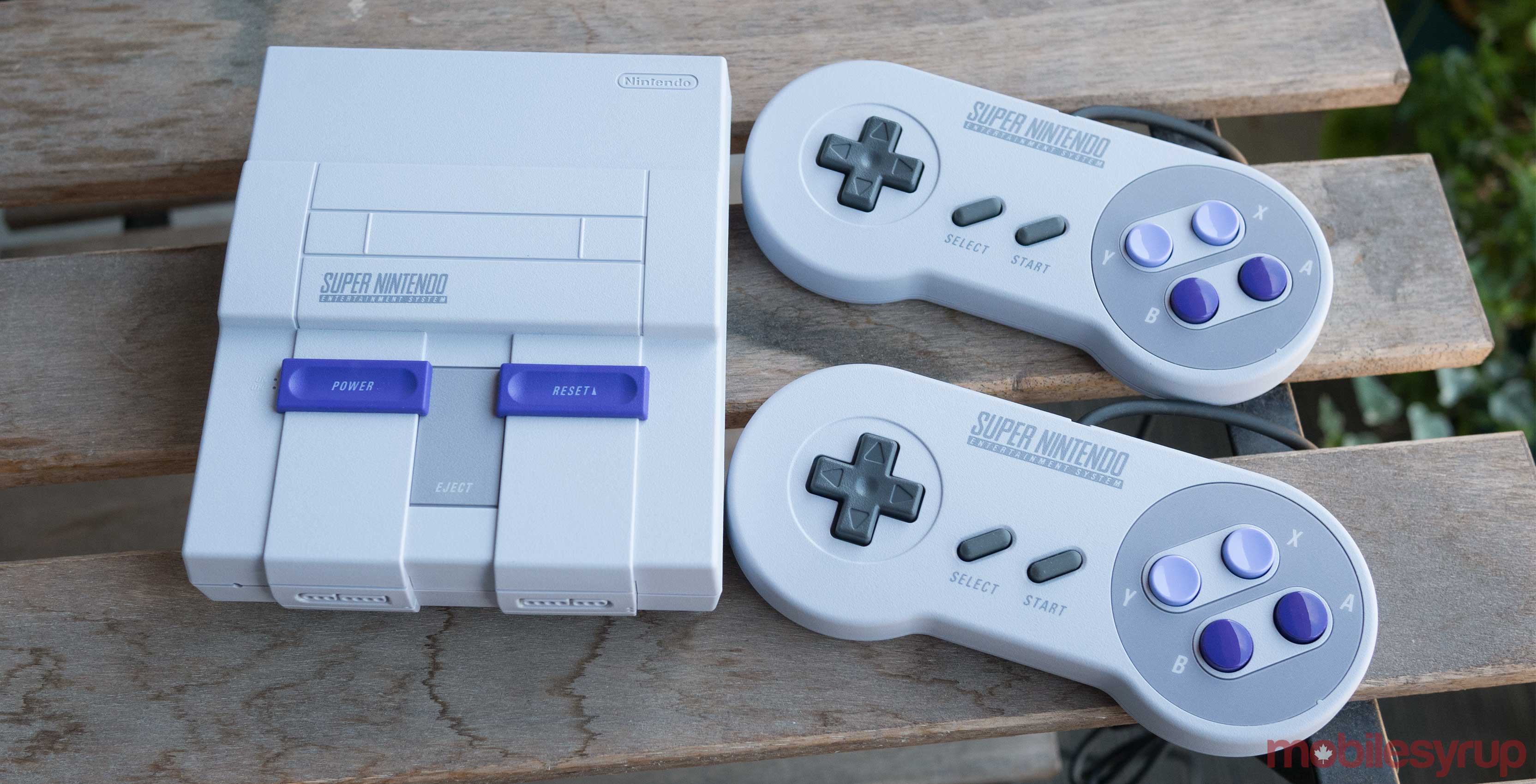
The Pros
- Title selection is excellent
- Console and controllers are high-quality
- Emulation is impressive
The Cons
- Finding one is difficult
- Only outputs in 720p
- Some prominent SNES games are missing
“Why would anyone buy this? Emulation is so easy. My Rasberry Pi has every retro console and game installed on it,” is a particularly contentious sentiment I’ve seen thrown around leading up to, and following, the release of Nintendo’s heavily sought-after SNES Classic micro console.
There’s certainly undeniable truth to that statement, but not everyone has the time, the patience or the level of interest required to get a home-made retro emulation device up and running.
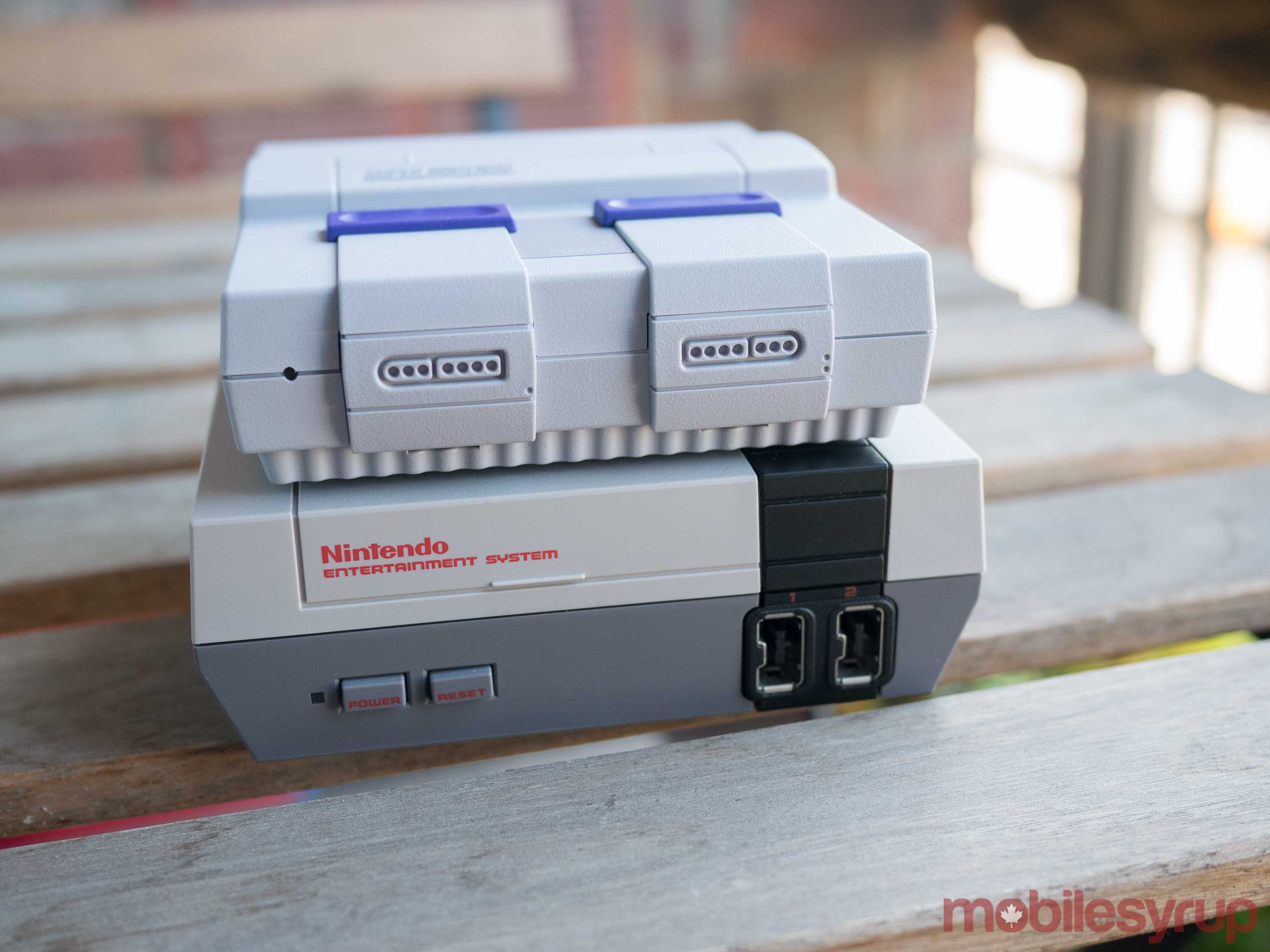
For me, something has always felt off when I emulate retro titles, regardless of what classic system I’m trying play. Whether its shoddy recreation, frustrating button mapping or graphical glitches, in most cases, emulation often feels off in some way.
This an issue that the $99 CAD SNES Classic solves perfectly.
Playing games on the difficult-to-find retro console just feels right, thanks to the system’s shrunken SNES design that replicates the iconic Super Nintendo — only smaller — but also because of its authentic gamepad and generally solid emulation.
Emulation station

The diminutive SNES Classic looks exactly like a Super Nintendo that’s been shot by a shrink ray, right down to the console’s iconic controller ports. Don’t be fooled though, the ports are just aesthetic. They flip up to reveal the system’s actual gamepad plugs. The console even features a fake cartridge slot and iconic grey/purple design, adding to its authentic look mid-90s look.
Just like with the NES Classic, Nintendo has once again captured the aesthetic of one of the company’s most fondly remembered retro systems. The SNES Classic and its gamepads also feel like high-quality products, unlike retro gaming options from different manufacturers that I’ve tried in the past.

The back of the SNES Classic features a micro-USB port for power and an HDMI plug for the video-out signal, allowing the system to easily connect to modern televisions.
This is an issue retro gamers often run into with classic gaming hardware. Those hoping that games can be scaled up to 1080p and not 720p like with the NES Classic, however, will be disappointed.
“The SNES Classic’s line-up is superb and arguably significantly better than the NES Classic’s built-in titles.”
The base resolution for most games is 256 x 224 pixels, with small borders around the image that scale the screen to the size of a standard CRT television from the mid-90s.
That being said, players do have three options for how the SNES Classic’s video feed is output: 4:3, which is a slightly wider view than SNES games were originally output at; ‘Pixel Perfect,’ which shows the pixels in perfect squares and doesn’t distort the view and ‘CRT Filter,’ which adds retro scanlines to the 4:3 picture.
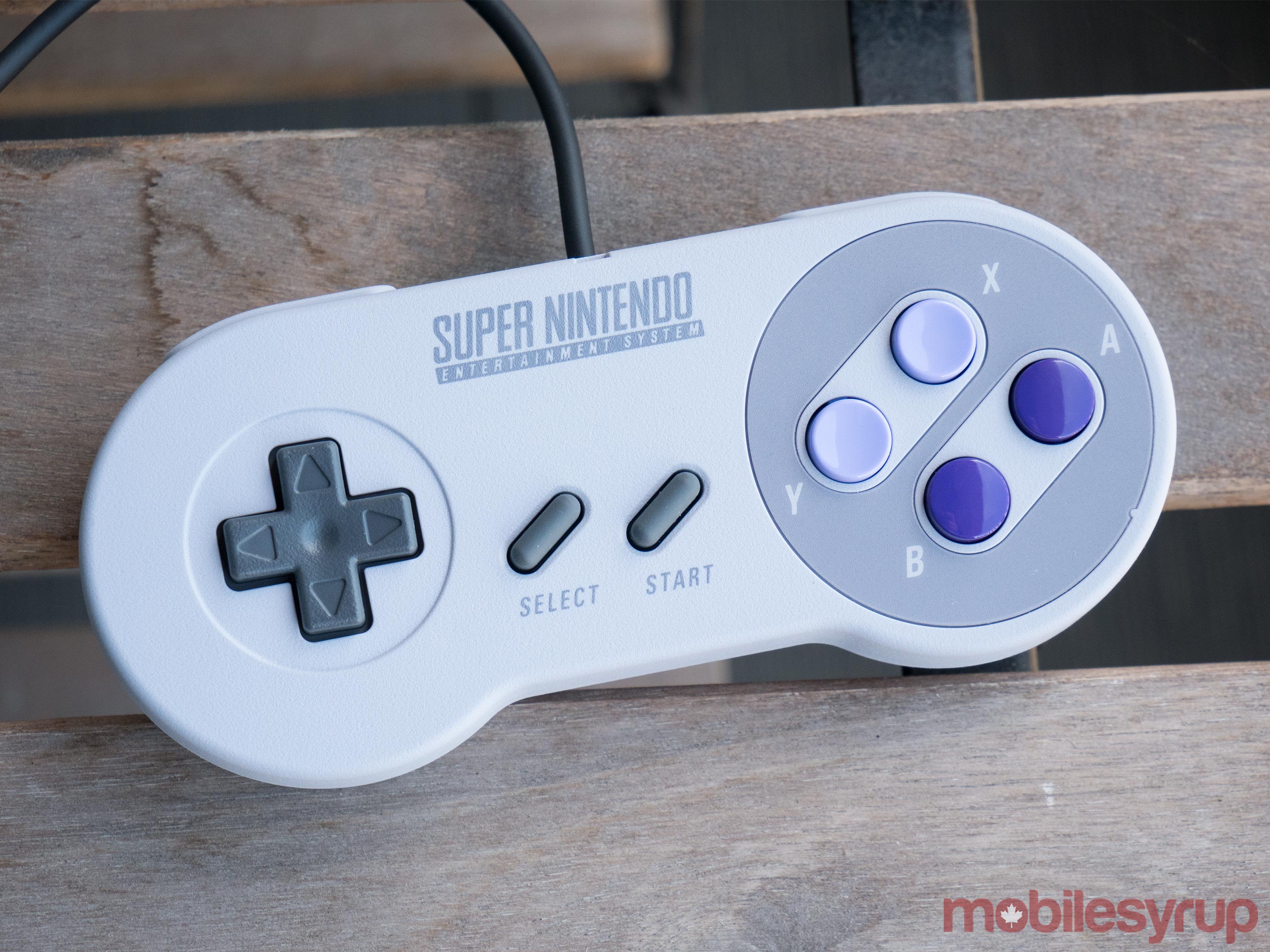
I personally prefer the Pixel Perfect option since it results in the clearest image as far as I’m concerned, but purists will likely select the CRT Filter that gives the SNES Classic’s video output a more authentic, blurred look. You’re also able to add backgrounds frame a game, though I typically opted for black bars instead.
On the subject of authenticity, while I commend Nintendo’s efforts to ensure that the SNES Classic’s controllers look and feel like their original 1991 counterparts, it would have made sense to include an additional button, or at the very least a combination of buttons, that allow the player to head back to the system’s main menu.
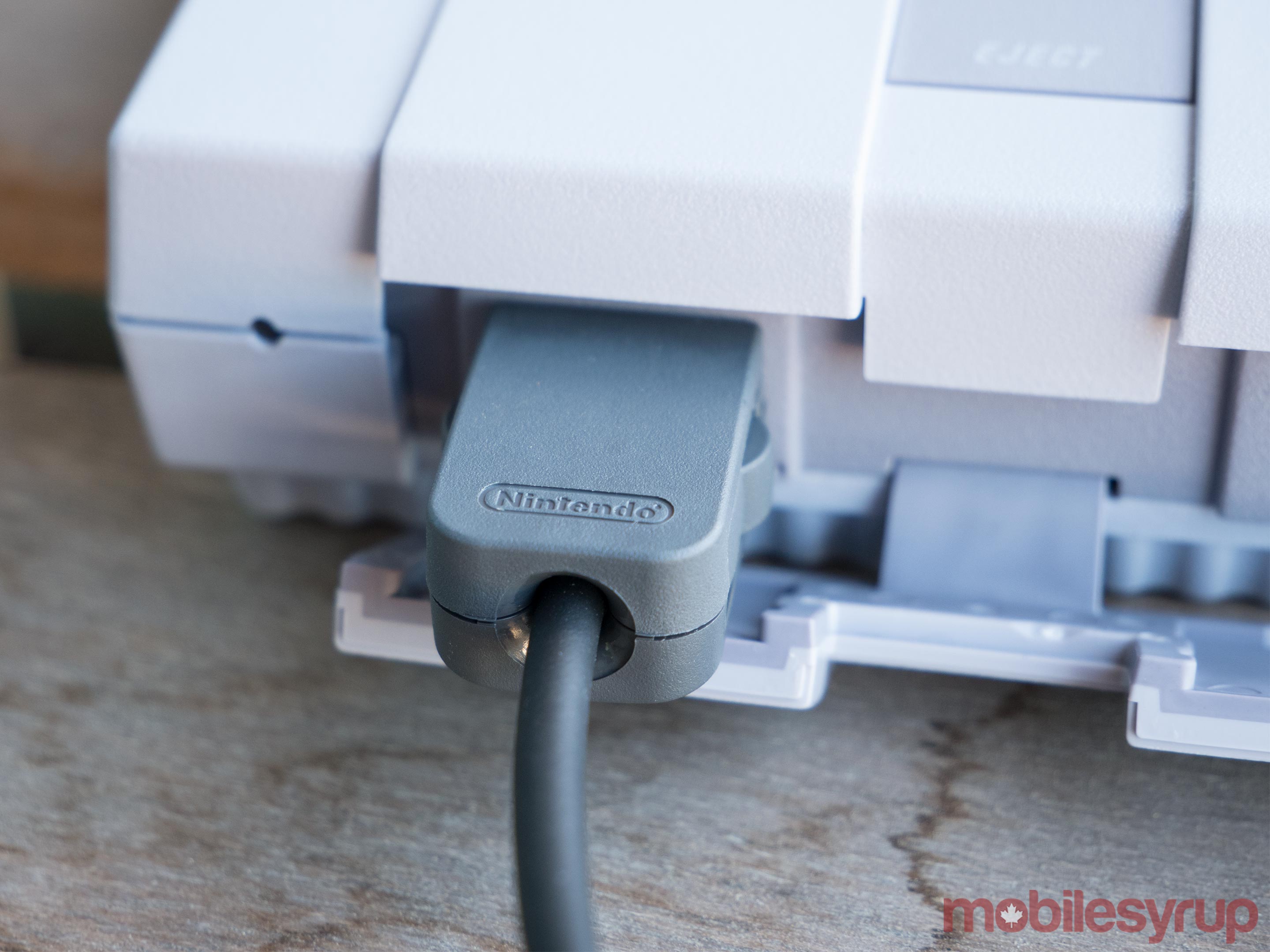
As it stands, the only way to return to the system’s game-select menu is by pushing down the console’s reset button.
Getting up repeatedly to switch between games isn’t fun and the argument that “it’s part of the nostalgic experience,” is not enough justification for this annoyance. Some people have used that the argument of nostalgic authenticity to justify the SNES Classic’s controllers’ short cord too.
While the length is an improvement over the comically tiny NES Classic’s gamepad cables, they’re still too short and will result in most people sitting uncomfortably close to their television (I actually purchased an extension cable for the NES Classic).
What about the games?

The SNES Classic’s line-up is superb and significantly better than the NES Classic’s built-in titles, however, this is of course subjective and related to your nostalgic connection with the titles. In terms of pure numbers, the SNES Classic features 21 games compared to the NES Classic’s 30 titles.
“Star Fox 2 is a fascinating experiment that’s interesting from a historic perspective”
However, even though the console ships with nine fewer games, iconic SNES titles that are ridiculously expensive to purchase today — like Super Mario World, Mario Kart, The Legend of Zelda: A Link to the Past, Super Metroid and of course, Final Fantasy III — have all aged well and are still great and more importantly a fun look into the gaming industry’s past.
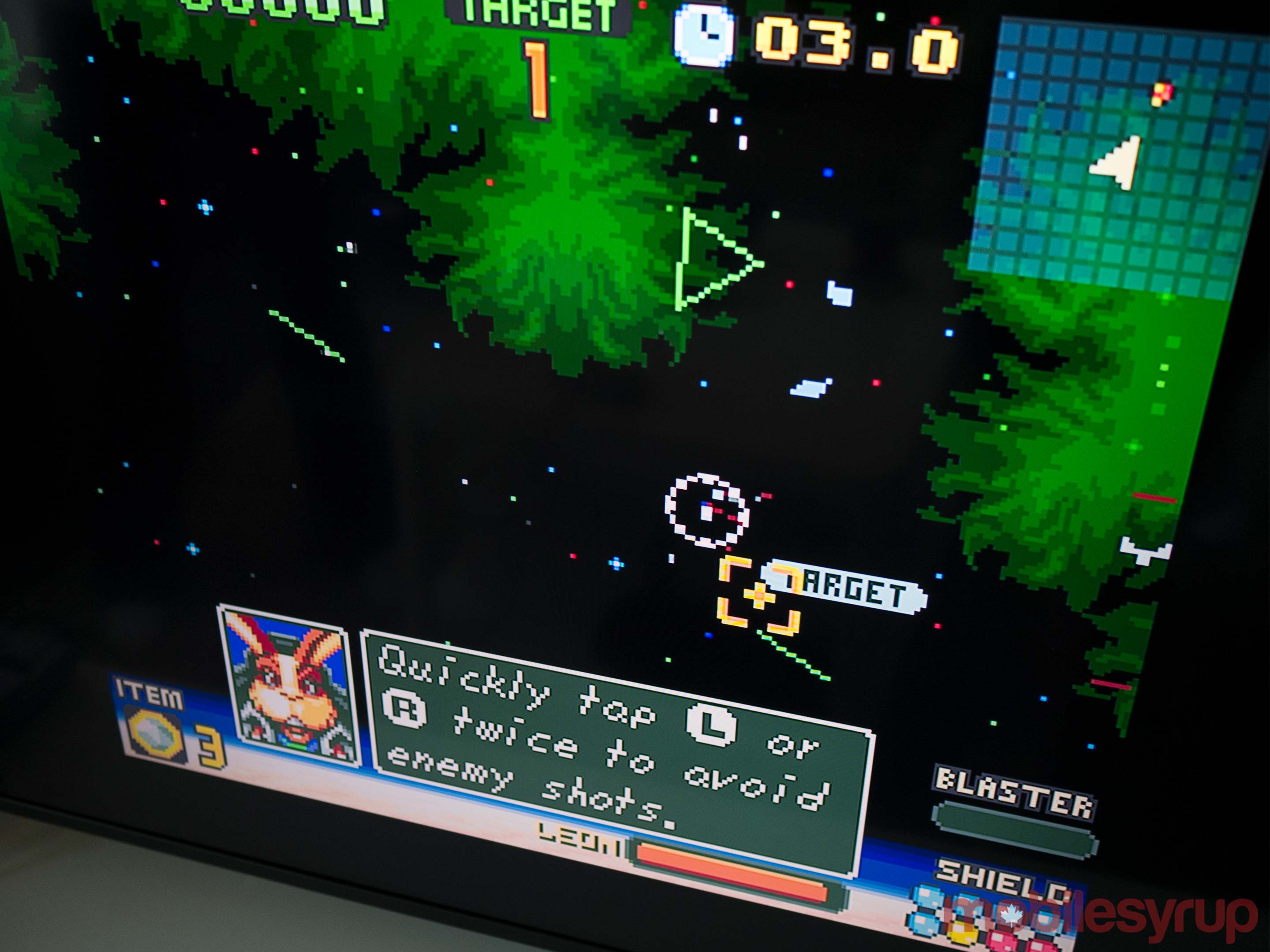
Other games, like Star Fox, Star Fox 2 and Super Ghouls & Ghosts, however, aren’t as compelling as they once were. Star Fox 2, in particular, is an interesting title given that this is the first time the game has ever been officially released. While the game was finished back in 1996, Nintendo opted to can the project in favour of turning attention to the three-dimensional Nintendo 64.
Star Fox 2 is a fascinating experiment that’s interesting from a historic perspective, but its poor frame rate and shoddy visuals result in a frustrating gameplay experience in 2017.
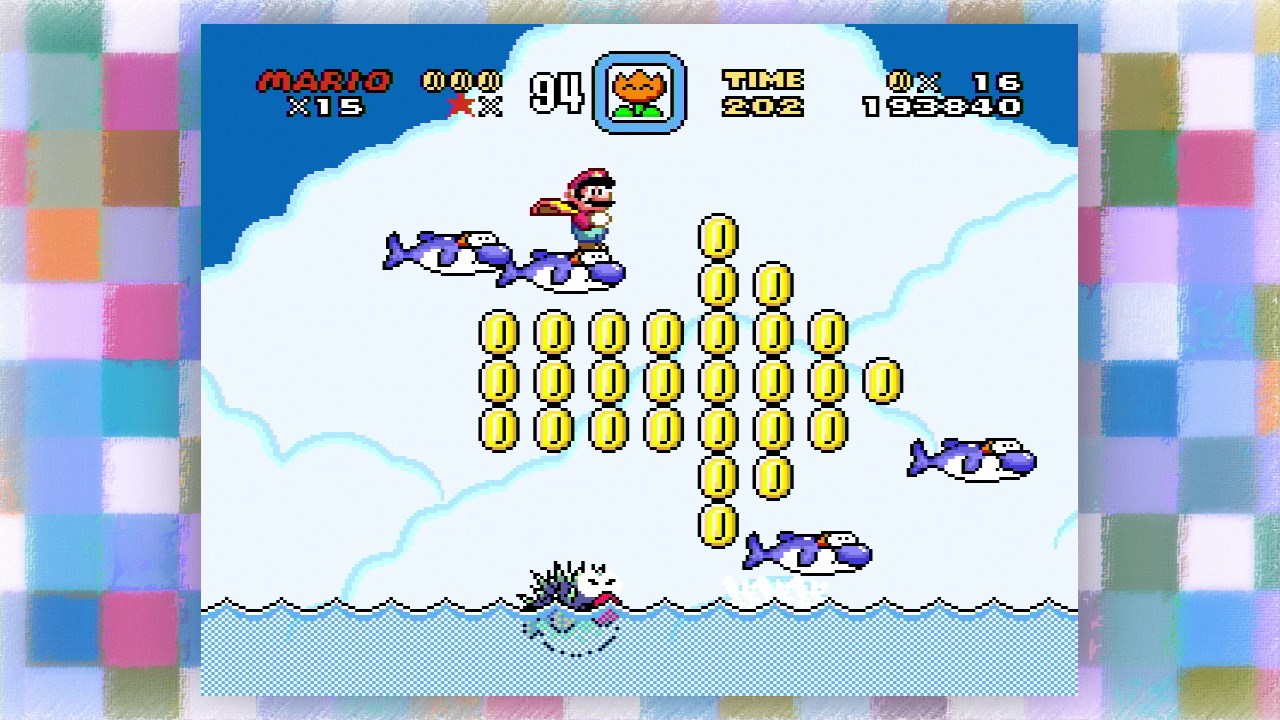
As a side note, Final Fantasy III (Final Fantasy VI in Japan) remains one of my favourite games of all time and also happens to be the title that showed me that video games have the ability to tell thought-provoking, compelling stories. I’ve also had a lot of fun playing Secret of Mana; for some reason, the game flew under my radar when it was originally released back in 1993. As an added bonus, Secret of Mana also features multiplayer similar to many of the SNES Classic’s other titles.
In spite of the SNES Classic’s solid line-up, however, some players will still feel that the system is missing many of the retro console’s most prominent titles. Popular and iconic games like Chrono Trigger, Harvest Moon, Zombies Ate my Neighbours and NBA Jam, are nowhere to be found.
Quality-of-life improvements

As a busy adult with important things to do — like getting my Destiny Light Level up to 260 — one of the things I often find frustrating about retro games is how obtuse their save systems often are.
Borrowing a more simplified page from standard emulators, the SNES Classic allows players to create multiple save states for a single game by pressing the reset button, and then subsequently logging that save in the micro console’s internal memory.

For games like Final Fantasy III, which features a sometimes lengthy save point system, or even Donkey Kong and Super Mario World, this feature is excellent. The new save point system even allows me to jump into a title for a few minutes, and then hop back out again after getting up and pressing the reset button.
Another new feature brought to the SNES Classic that wasn’t present in the NES Classic is a ‘Rewind’ function. If you select a suspended save state that’s already logged in the system’s memory, the game will start at the point right before the system was reset. This is especially useful if you want to go back to an enemy encounter before you made an error. For particularly difficult games like Super Ghouls & Ghosts or Contra III: Alien Wars, Rewind is very useful.
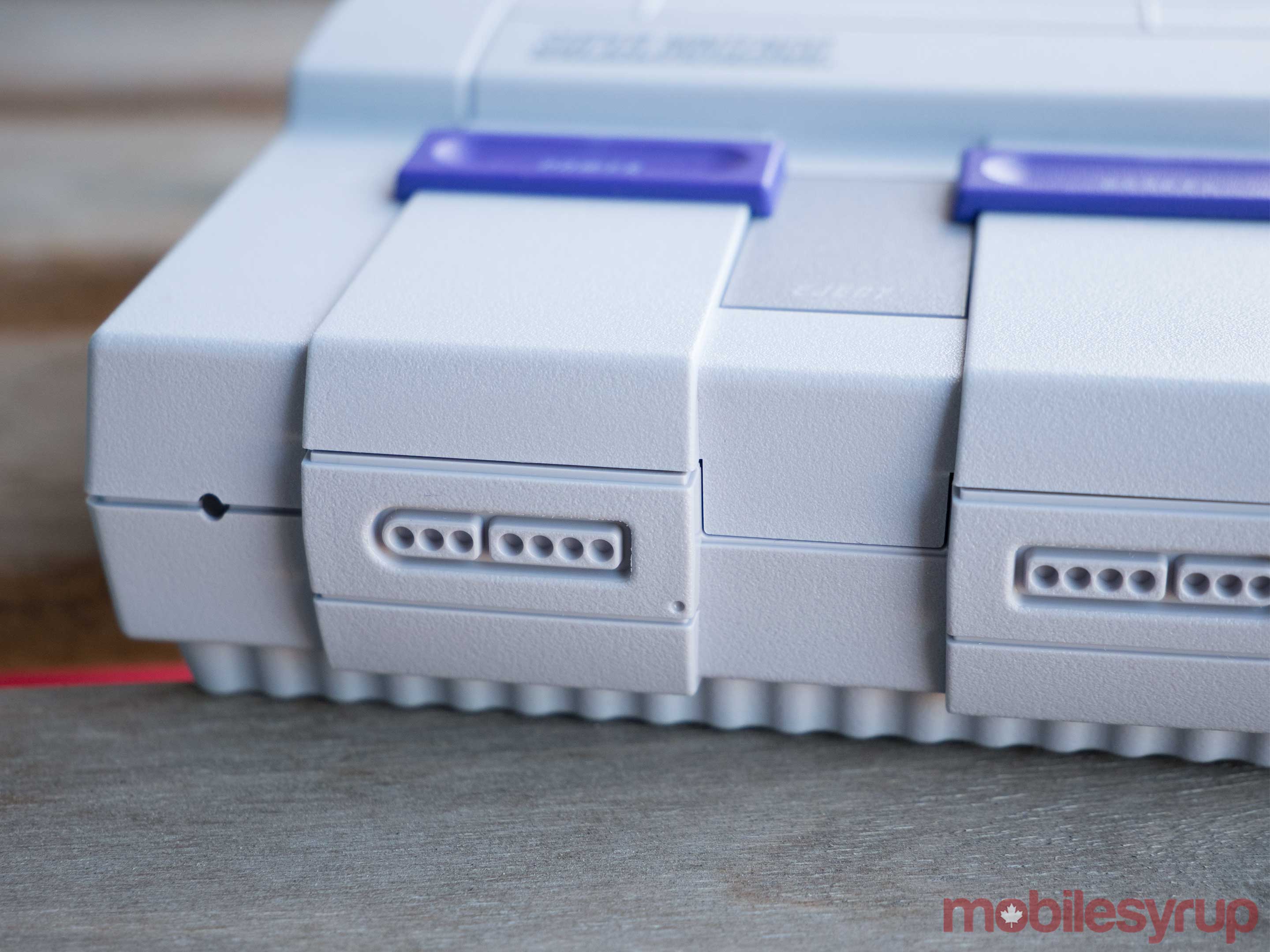
Conversely, if you’re a purist who wants to avoid this feature altogether it’s easy to simply ignore the Rewind function altogether, since you actually need to physically get up to press the system’s reset button.
As an final added bonus. the SNES Classic features two controllers unlike the NES Classic, making multiplayer gaming much more accessible than it was with the system’s predecessor.
Good luck buying one
While I'm a big fan of the SNES Classic, actually finding one for the next few months -- or perhaps even ever -- is set to be a difficult task given the micro console's rampant popularity.
MobileSyrup has done its best to track the system's rapidly depleting stock, with most Canadian retailers selling out within minutes of the micro console going on sale. This means that if you don't already own a SNES Classic, your best bet of actually still getting on is through a grey market website like Kijiji or Craigslist where you'll end up paying a premium price tag that could be between $200 and $300.
This cost is not even close to what the $99 system is actually worth in terms of the value you get from the console. Still, if you're able to get your hands on the SNES Classic, you won't be disappointed in Nintendo's latest micro system offering.
Now, where's the Nintendo 64 Classic?
"Playing games on the difficult-to-find retro console just feels right"
MobileSyrup may earn a commission from purchases made via our links, which helps fund the journalism we provide free on our website. These links do not influence our editorial content. Support us here.


